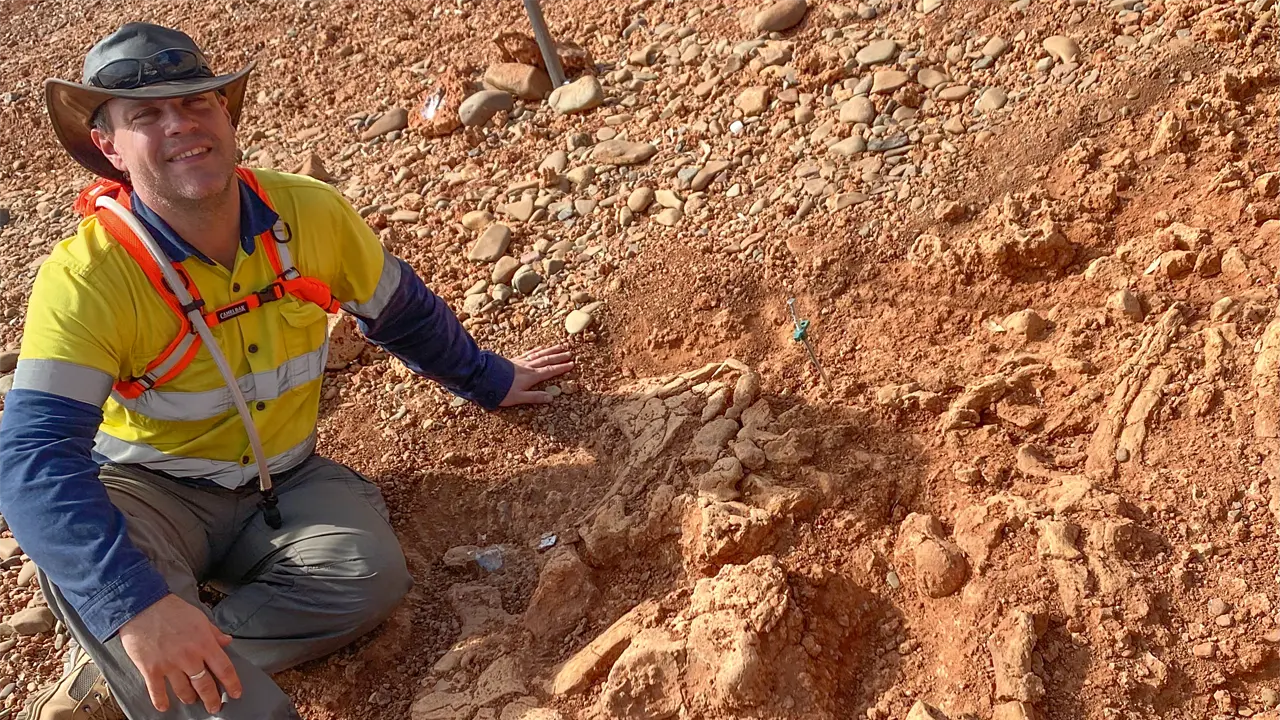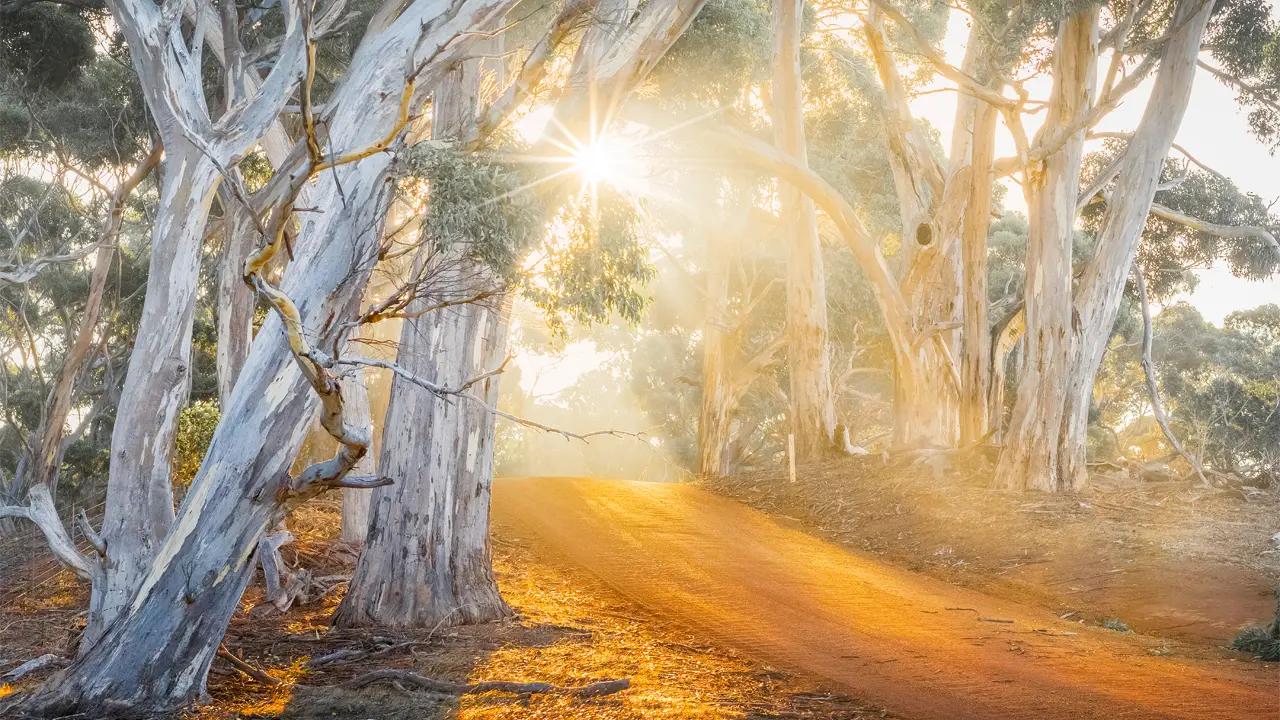Having the lone pub in town, the owners of Hyden Hotel extend their community involvement far beyond the bar.
Story By Fleur Bainger
When there’s only one pub in town, it’s bound to be the social heartland of the community. But it’s not necessarily going to be an infrastructure developer, environmental supporter and lifeline, too. About 350 kilometres east of Perth, Hyden Hotel is hardly pretty with its red-brown brick exterior, ageing chequered floor and fluorescent-lit bar, but this outback establishment is more about substance and support than style.
“It’s the hub of the community,” says patron and local sheep-and-wheat farmer Di Hughes. “I’ve been here for 20 years and it’s a fantastic pub for meeting people from all walks of life. We’re on the edge of nowhere, out by the Rabbit-Proof Fence. There’s bugger-all from here to South Australia, so we’re the final frontier and we’re proud of it.”
The idea of building a watering hole in the small rural town was sown in 1954 when 20 farmers tried unsuccessfully to get one going. Over the next decade, the town began to get a reputation for the sea of bottle tops covering the streets. With no place for drinkers to go, men were meeting at the railway station for beers and chinwags under the big gum trees. But, by the early 1960s, a group of eight farmers had banded together, agreeing to each put in £1000 towards a community pub. They ran an advertisement in Western Australia’s daily newspaper looking for a builder to match their money and put up the walls as part of the partnership. By 1965, Hyden had a hotel.
Around the same time, one of the founding owners, Russel Mouritz, discovered that tourists were trickling through the town to see a nearby rock formation that looked like a giant wave about to crash. As it turned out, a photograph of Wave Rock had won second place at the World Photography Fair in New York and was then published in National Geographic, drawing out-of-towners to the 15-metre-high, 100m-long natural wonder. Today, about 120,000 visitors filter through the town of 150 permanent residents largely to see the age-old rock.
A boost in transient population meant a boost in profits for the pub, which the owners decided to put back into the community. Their funds helped build a caravan park, roadhouse, wildlife park and wildflower shop, all aimed at tempting tourists to stay longer and boost the town’s viability.
This story excerpt is from Issue #73
Outback Magazine: Oct/Nov 2010









